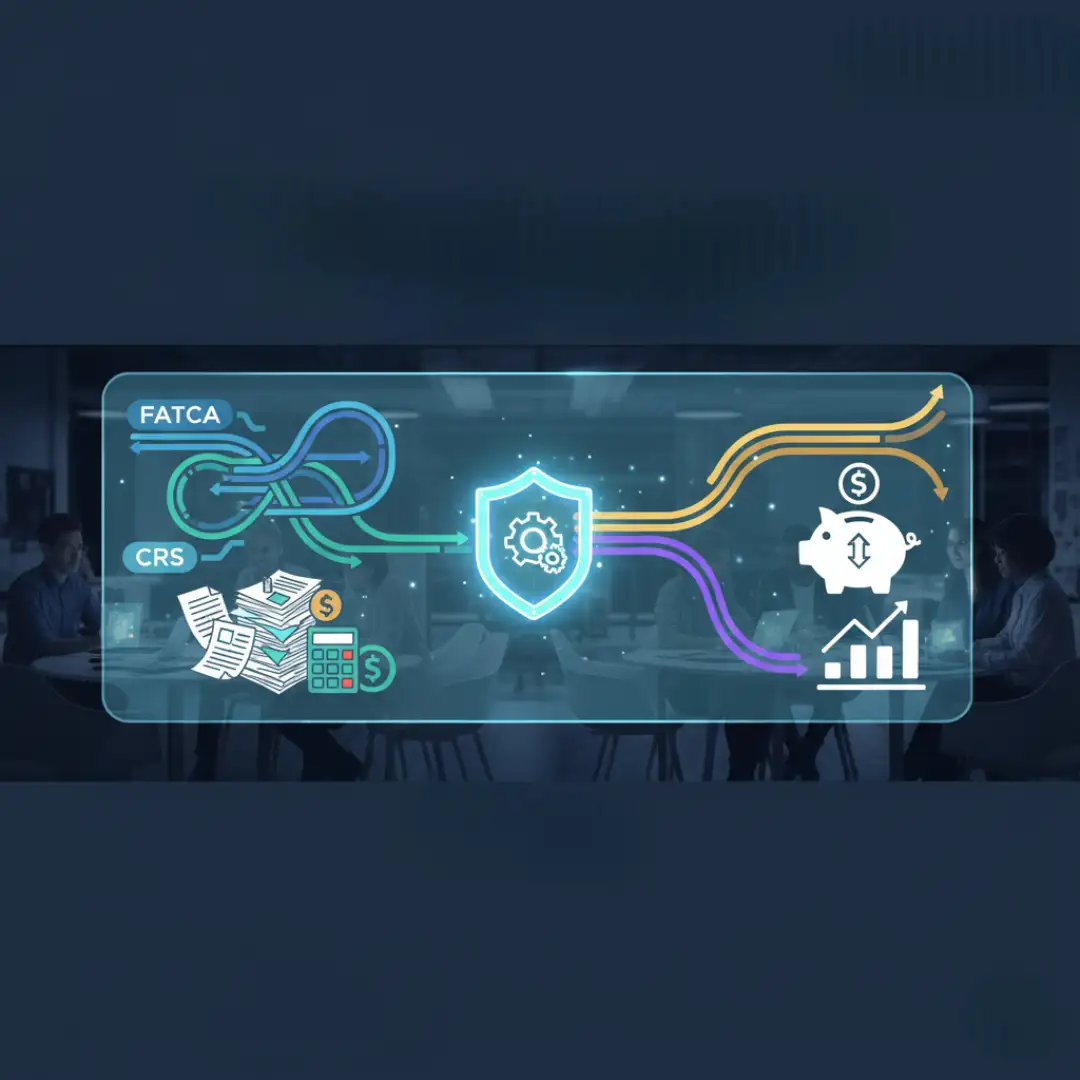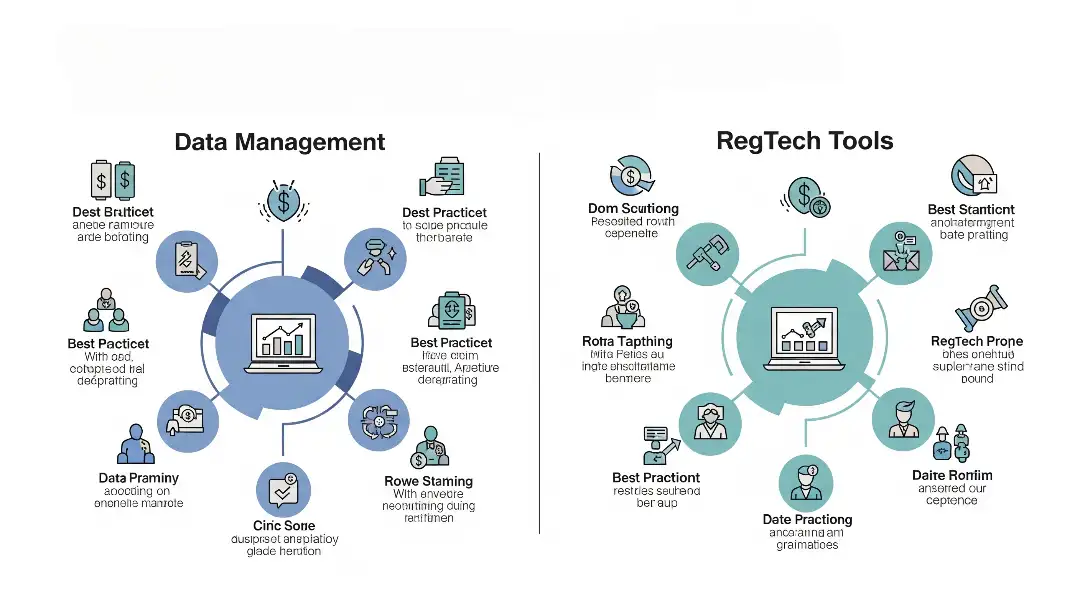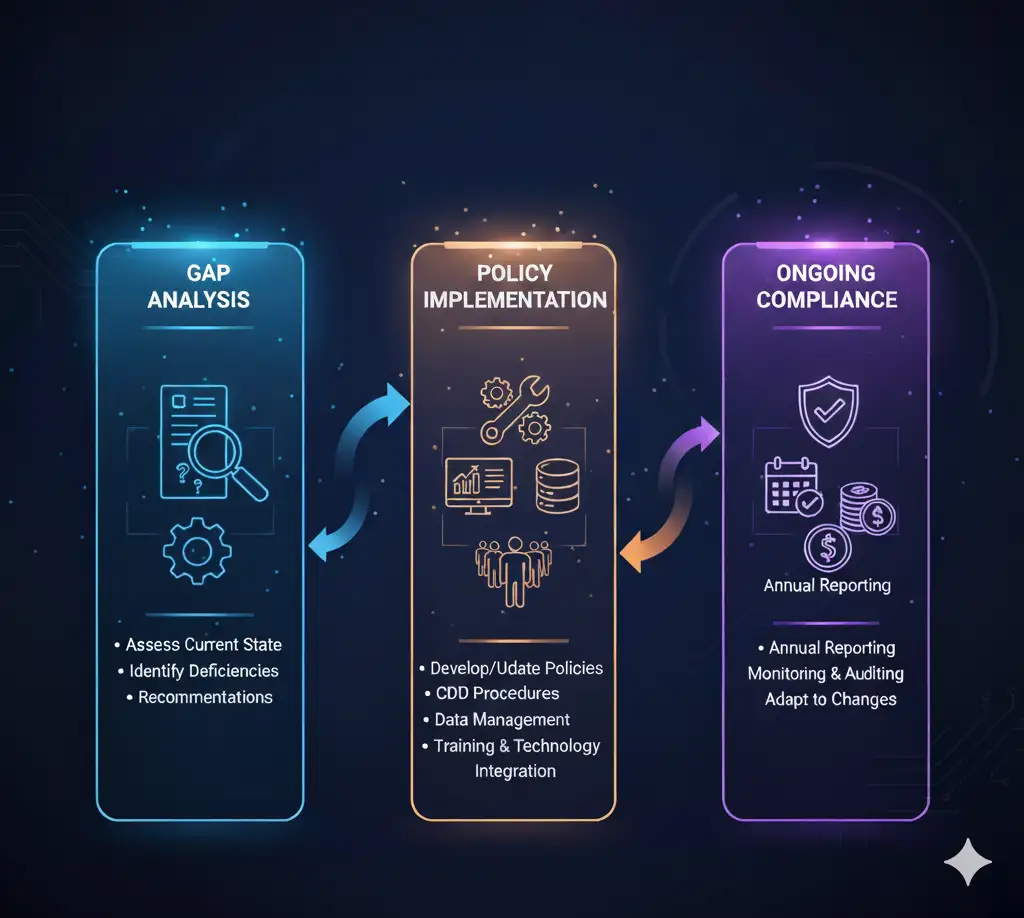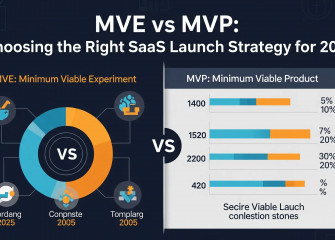Why MVP Isn’t Just for Startups

Let's talk about a dirty secret in product development: 60% of features built never get used. That's not a startup problem--it's an everyone problem.
I used to think MVPs (Minimum Viable Products) were just for scrappy founders in garages, racing to launch their "next big thing." But after years in product engineering, I've seen firsthand how enterprises bleed budgets on over-engineered solutions that users scroll past like expired milk.
Here's the thing: MVPs aren't about building less--they're about learning faster.
Imagine you're designing a new SaaS tool for HR teams. Your team is convinced that an AI-powered "employee mood analyzer" will be a game-changer. But instead of spending 6 months and $250K building it, what if you:
- Start with a bare-bones version: A simple survey tool that asks employees 3 questions daily.
- Test with 50 users: Track engagement, not assumptions.
- Iterate based on data: Maybe users hate daily surveys... but love a weekly summary.
Suddenly, you're not gambling resources on a feature no one wants. You're engineering what matters--and saving 70% of your budget in the process.
Why Enterprises Need MVPs More Than Ever
I worked with a Fortune 500 client last year that insisted on building a "comprehensive" supply chain platform. After 8 months? They had a Frankenstein product with 12 dashboards... and zero adoption.
We scrapped it. Started over with an MVP focused on one pain point: real-time inventory alerts.
- Phase 1: A basic SMS notification system for warehouse managers.
- Phase 2: Added a "priority tagging" feature only after 80% of users asked for it.
Result? $1.2M saved, and adoption skyrocketed because we solved their problem--not ours.
"But Won't an MVP Look Cheap?"
This is the #1 fear I hear: "Our clients expect polish."
Here's the truth: An MVP isn't a prototype. It's a strategically stripped-down version of your product that still delivers core value. Think of it like a Tesla's first model--no heated seats, but the electric engine worked flawlessly.
The goal isn't to be "bare minimum"--it's to be ruthlessly focused.
- Drop the fancy onboarding animation.
- Skip the "predictive analytics" module (for now).
- Double down on the feature that actually moves the needle.
The Cost of Ignoring MVPs
Let's get real: Enterprises waste millions because they're afraid to look "unfinished." But here's what's actually costly:
- Re-building features after realizing users don't care.
- Missing market windows because you're stuck in endless development.
- Tech debt from overcomplicated systems that nobody uses.
An MVP isn't a compromise--it's a financial safeguard.
Your Turn: Let's Get Honest
I'll go first: Early in my career, I pushed for a "smart recommendation engine" for an e-commerce app. We spent months perfecting it... only to find users just wanted a better search filter. Ouch.
So, ask yourself:
- What's the smallest version of your product that users would pay for?
- What assumptions are you betting 10k(or10K(or 100k) on... without proof?
Let's chat in the comments: What's one feature you built that users ignored? Let's swap "lessons learned" and save each other some budget headaches.
#MVP #ProductEngineering #CostReduction #LeanDevelopment #TechStrategy #FailFast

 How RegTech Reduces Compliance....
How RegTech Reduces Compliance....
 How to Build an MVP for Startu....
How to Build an MVP for Startu....
 The Future of AI in Software D....
The Future of AI in Software D....
 Best Practices for FATCA & CRS....
Best Practices for FATCA & CRS....
 End-to-End FATCA and CRS Compl....
End-to-End FATCA and CRS Compl....



Your Trusted Software Development Company